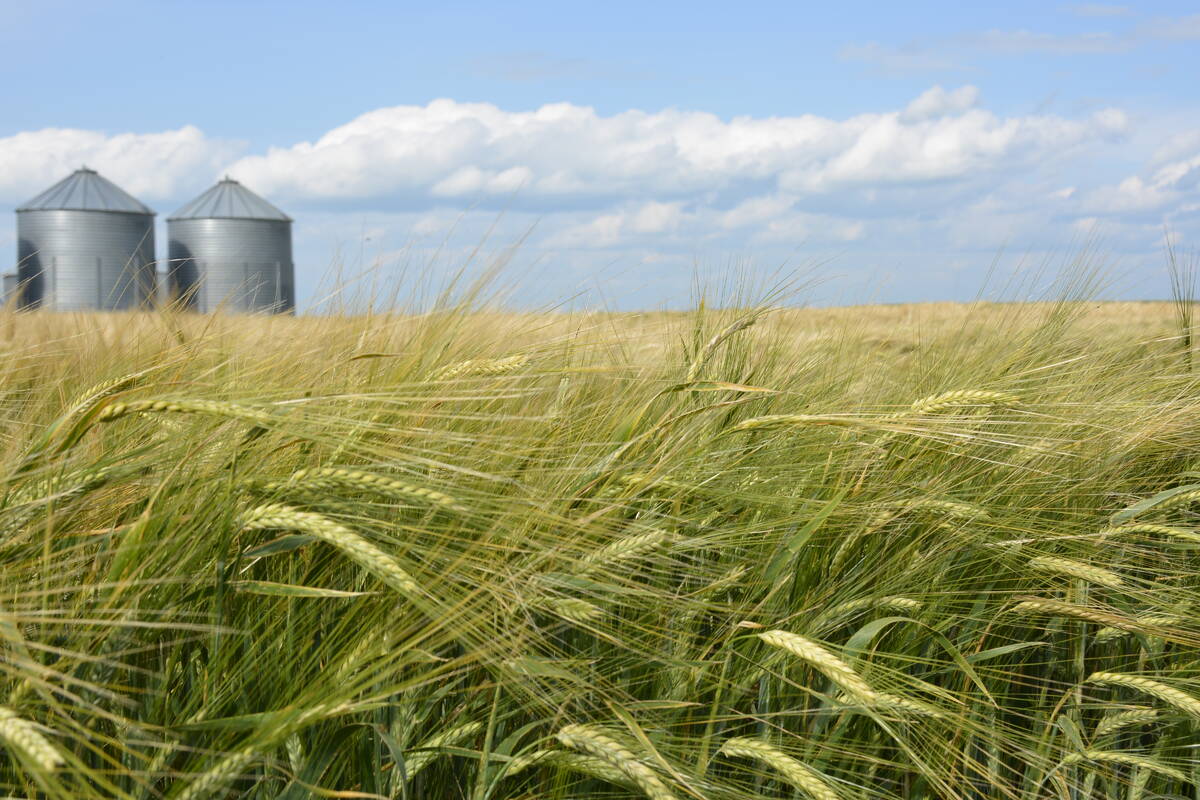BSE skewed markets | Governments scrambled to send assistance to floundering producers
Minutes after Ben Thorlakson got the news that Canada had a confirmed case of BSE, he was thinking about the thousands of cattle he and others had on feed.
Where would they go now that international markets suddenly closed for live animals and beef?
“I thought this could be it. I said to myself, ‘Ralph won’t let this happen. He’ll take care of us.’ And he did.”
Thorlakson had high praise for then Alberta premier Ralph Klein and agriculture minister Shirley McClellan, who delivered programs and kept one of the province’s key industries afloat during desperate times.
Read Also

StatCan stands by its model-based crop forecast
Statistics Canada’s model-based production estimates are under scrutiny, but agency says it is confident in the results.
“She certainly had Ralph Klein’s ear and she was very helpful in keeping our industry alive,” he said about McClellan.
Thorlakson and fellow producers became heavily involved in working through the maze of government farm safety nets, none of which were capable of dealing with this kind of economic disaster.
“We had to do it because if there was no input from producers we would have been devastated,” he said.
“Thankfully, people like Shirley McClellan really helped and moved it forward federally.”
He is not convinced similar help would be forthcoming now be-cause there are no effective safety nets for cattle feeders currently struggling with record losses.
Thorlakson sold fat steers for 35 cents a pound during the height of the crisis, but the quickly designed assistance programs made up the gap between low market prices and feedlots’ break evens.
Producer worries in 2003 weren’t helped by the fact that the latest farm safety net program had ex-pired March 31 with no federal-provincial agreement on what should replace it or what kind of disaster relief might be available, said Dennis Laycraft, executive vice-president of the Canadian Cattlemen’s Association.
A wall of cattle was ready for market, but there was not enough domestic processing capacity, even after the United States agreed in August to accept boneless beef from cattle younger than 30 months.
“People were literally afraid to sell cattle because they didn’t know if that would make them ineligible once a program did come into effect because not all programs are made retroactive,” Laycraft said.
However, the programs were retroactive and the first money rolled out June 18. The program was appreciated but flawed.
“We knew the way it was structured it would put too much market power into the processors’ hands and it should have been structured differently, but at that stage, be-cause there was nothing predictable, that was agreed to. It created a lot of controversy,” he said.
Federal agriculture minister Lyle Vanclief knew there were problems.
“The cattlemen were always very independent and have said they will fight their own battles, and I admire that,” he said.
“Certainly, I can understand when this happened they wanted support from government and we gave them a significant amount of support, but certainly not the same level of return from their cattle that would have been if this situation hadn’t happened.”
Vanclief said the cabinet was supportive, but it was not possible for any program to restore all that was lost.
Key problems were getting money to those who needed it most and getting it to them quickly.
BSE had twisted the market. Producers were receiving almost nothing for their cattle but consumers still saw high meat prices.
“If you can buy cheap and sell at a higher price, it is a great way to make money. The packers were able to buy cheap, there was no question,” he said.
The federal and provincial governments provided more than $4.85 billion by the end of 2007. About $2.2 billion was for BSE-related program payments while the rest came from the Net Income Stabilization Account, the Canadian Agriculture Income Stabilization program and provincial support. Alberta offered the most programs to cover market losses and provided grants for improved traceability and processor up-grades.
Too often the money was misdirected.
“The programs kept coming and many of them were not well de-signed, so the result was that many of the dollars that the politicians meant to be for the producers actually ended up for packers. The packers just reduced their offering price,” said agricultural economist Kurt Klein from the University of Lethbridge.
He and colleague Danny LeRoy analyzed the programs offered during the first four years and were unable to fully assess personal losses to producers and rural communities.
Laycraft said each program tried to improve on the previous one. Current safety nets are still problematic, especially when people need cash immediately.
“We still don’t have an adequate disaster program should an event like this happen again. We will be back with some ad hoc response,” he said.
“When borders close to an industry, you really get market paralysis and a lot of the programs we’ve got right now are based on a response at the end of your year when you can take a look at what your margins were and what your income was.”
Klein said drafting disaster assistance is troublesome and there are always those who know how to take advantage of programs.
“Anytime you have assistance to an industry, it is very hard to keep it from distorting the industry,” he said.
“We are bound by our WTO (World Trade Organization) obligations to try not to distort our industry, and we cannot have programs that change the price or change how much will be produced.”

















